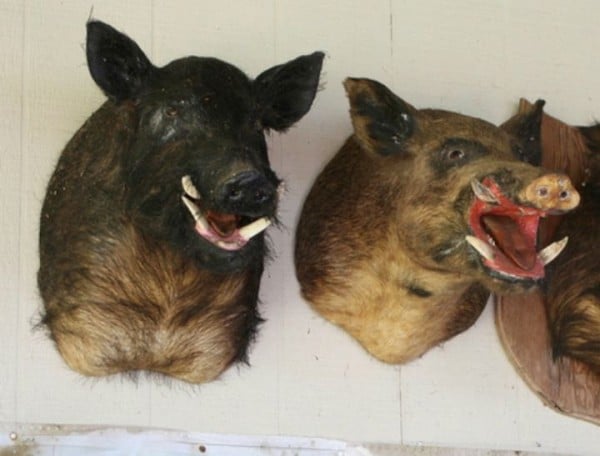
By Xanthe Mallett, University of New England.
US dentist Walter Palmer caused global outrage this month when he killed Cecil the lion, a local favourite at Hwange National Park, Zimbabwe’s largest game reserve. Palmer is thought to have paid US$50,000 for killing Cecil, after the lion was lured outside the protection of the park.
But Palmer is not the first such trophy hunter, and he’s unlikely to be the last. In May, Texan hunter Corey Knowlton, who had paid US$350,000 in an auction for a permit, killed an endangered black rhino in Namibia, claiming his “hunt” was:
"a vital component of Namibia’s effort to save the animal from extinction."
In November 2013, American TV wildlife presenter Melissa Bachman sparked international outrage with a Facebook post:
"An incredible day hunting in South Africa! Stalked inside 60-yards on this beautiful male lion … What a hunt!"
The public spoke, and Bachman was dropped by the National Geographic Channel from its show Ultimate Survivor Alaska after a petition on Change.org received more than 13,000 signatures in under 24 hours.
Hurting animals
Many people hunt and fish for sustenance, which makes some kind of sense, but why do some people enjoy hunting and killing animals for fun? As it happens, there’s little direct research on why adults enjoy killing animals for “sport”. What we do know is that there’s a link between children hurting animals and violence in adulthood.
Since the 1970s, research has shown that the majority of adults who commit violent crimes have a history of animal cruelty in childhood. Some studies suggest that up to 70 per cent of the most serious and violent offenders in prison have repeated and severe episodes of animal abuse in their history.
Indeed, cruelty to animals, along with bed-wetting past the age of five and fire-starting, are together known as the “homicidal triad”. This potential indication of violence in adulthood was first suggested by forensic psychiatrist John MacDonald in a 1963 article in the American Journal of Psychiatry.

